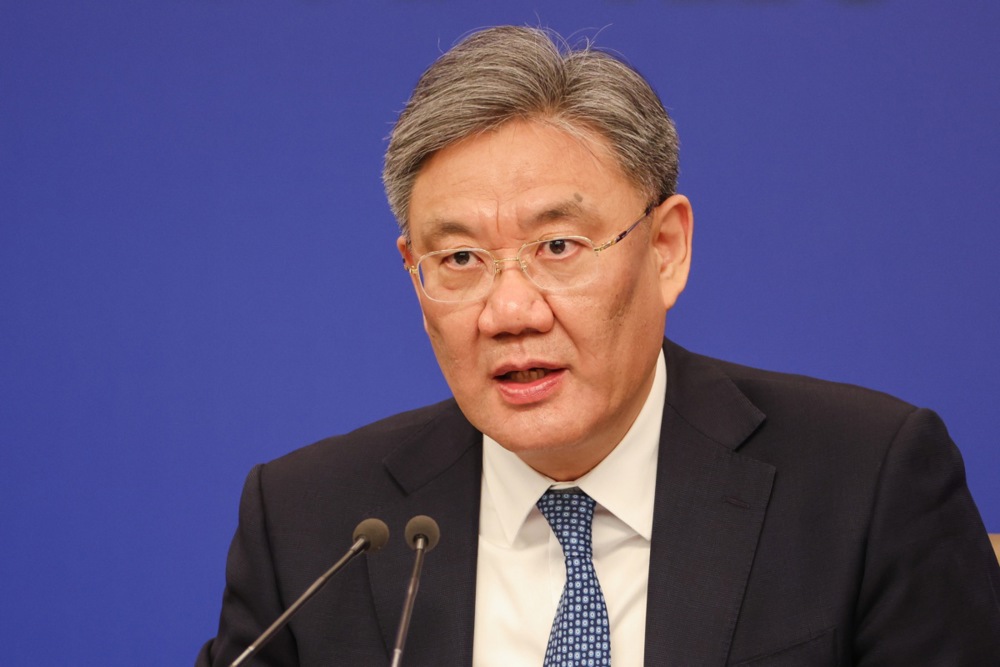China’s recent export surge may not reflect strength but urgent necessity.
With the current US–China tariffs truce set to expire on August 12, Chinese firms appeared to be accelerating shipments, redirecting them to more open markets, including the European Union and Southeast Asia.
Exports rose 5.8 per cent year-on-year in June, beating expectations, according to a World Economic ForumJuly 17 report.
The Economiston the other hand, reported the same day that much of the increase was likely “front-loading,” as firms rush to ship goods before a possible return to higher tariffs.
Export growth was expected to slow sharply in the second half of the year.
That shift was already visible. Exports to the US dropped 10.9 per cent in the second quarter.
However shipments to Southeast Asia rose by 13 per cent and to the EU by 6.6 per cent, the The New York Times reported 16 July.
In April, the EU’s Import Surveillance Task Force flagged an 8.2 per cent rise in Chinese exports to the bloc compared to the same month in 2024, attributing the increase to diversion from the US market, The NYT reported.
The redirection came at a time of growing strain between Brussels and Beijing. The EU’s €400 billion trade deficit with China, combined with persistent complaints over restricted market access and industrial subsidies, has reshaped the relationship.
A planned two-day EU–China summit in Brussels was moved to Beijing, then cut to one day, and the usual trade dialogue ahead of the summit was cancelled altogether.
The EU has raised concerns about China’s overproduction in key sectors, including electric vehicles, which European officials said were being dumped into the EU market at below-cost prices.
In response, Brussels was said to be considering anti-dumping duties and other safeguard measures.
Conditions for European firms operating inside China have also deteriorated. A study by Brussels-based Bruegel Institute, published 14 July, found business sentiment at its lowest level since 2017.
In addition to slow profit growth and deflation, EU firms and analysts cited political support to Chinese firms and competitiveness challenges.
In a market shaped heavily by subsidies, regulations and preferential treatment for domestic suppliers, firms that were neither highly innovative nor cost-leading often struggled to survive.
Almost a third of companies surveyed said they were now putting their Chinese operations in a separate silo from the rest of their global business, the Bruegel study read.
Chinese officials have rejected claims of protectionism, arguing that domestic policy supports were aligned with national security and development goals.
But the wider trade environment was becoming more confrontational. Reuters reported on July 17 that the US was pushing for a coalition of more than 70 countries to limit China’s ability to re-route exports through third-party countries in order to bypass tariffs.
While Chinese exporters have so far managed to redirect shipments to softer landing zones, the conditions enabling that shift, including the temporary US truce and varying levels of market openness, were not guaranteed to last.
Over the past few years, many countries have moved closer to China in trade terms, a trend visible in how global trade patterns have shifted since 2020.
But with another phase of trade restrictions approaching, that will likely continue to evolve.






